Fifth grader Colin Kenney is reading the award-winning novel The Crossover, by Kwame Alexander, with several other students. “I really enjoy reading this book because of the format, how it’s written in really short sections. I also like how it’s connected to sports. In the MakerSpace we’ve been creating our own robots that we will program to do different tasks. This connects to the nonfiction text we read a few weeks ago in book club called Robots.” This activity also gave the students some practice investigating how things work, as they are about to begin a STEM activity connected to The Crossover. Others in the fourth and fifth grade book club are currently reading I Funny by James Patterson.
All third grade students in the club chose to read Patrick Skene Catling’s, The Chocolate Touch. As they read, they are working on creating models of their own version of Hershey Park’s “Chocolate World” ride, relating to a subject of their choice. For example, third grader Liam McAvinue is creating an “Anvil World” ride, where he will inform riders about how anvils are made and used, while Elaina Razon-Fernandez is creating “Cupcake World” to take riders through the process of how cupcakes are made.

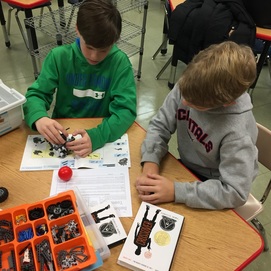
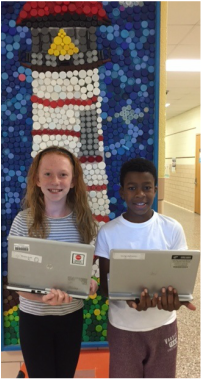
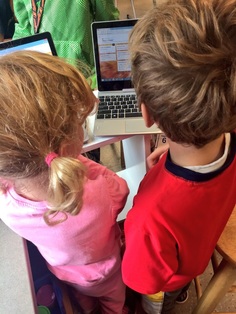
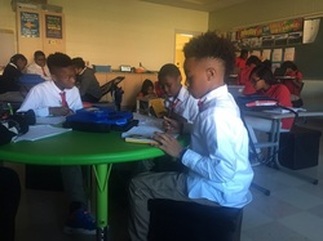
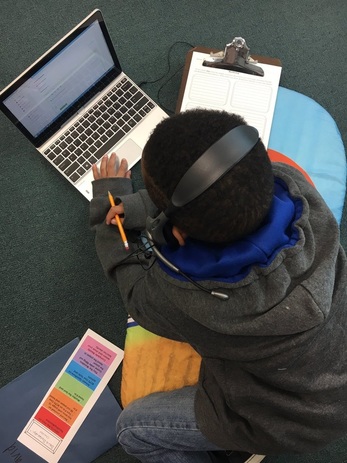
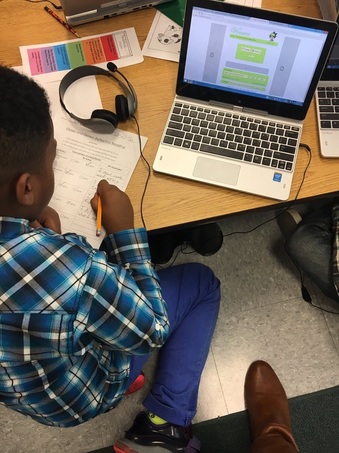
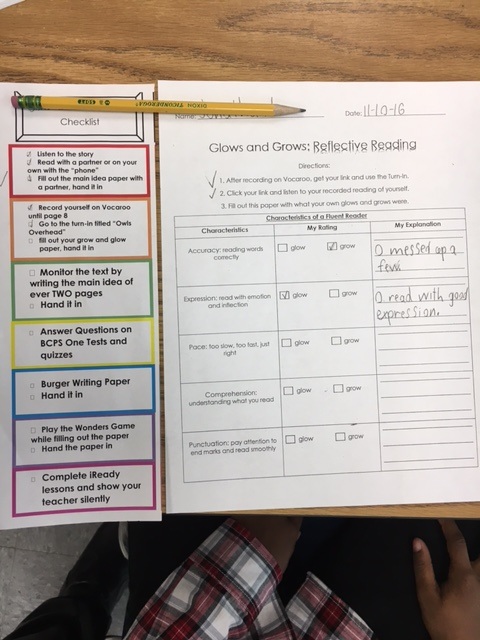
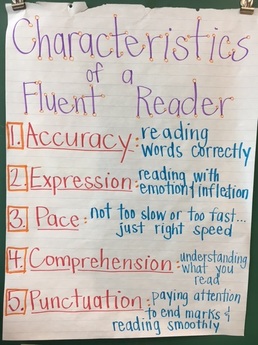
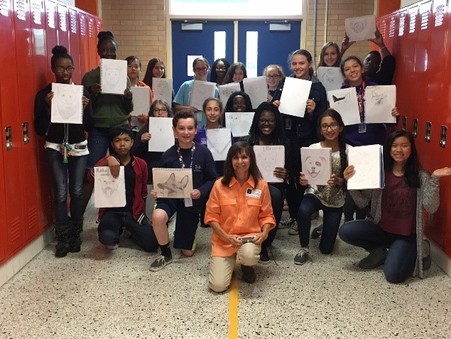
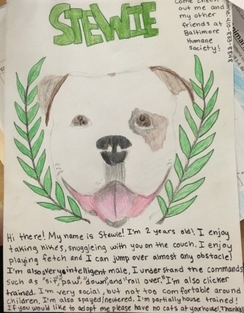
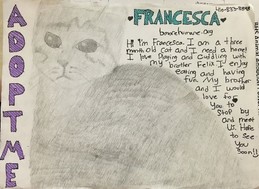
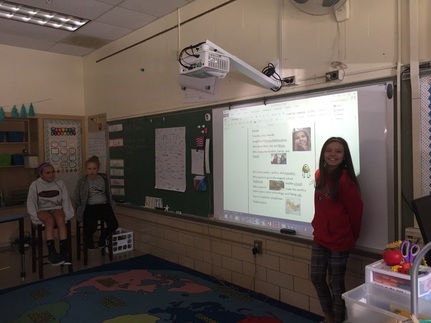
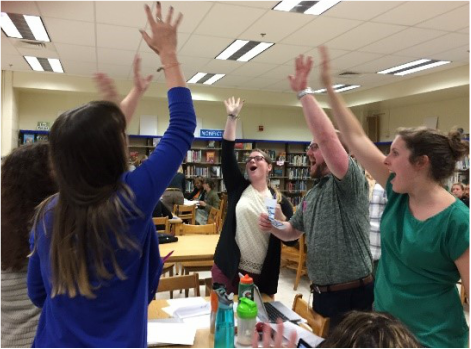
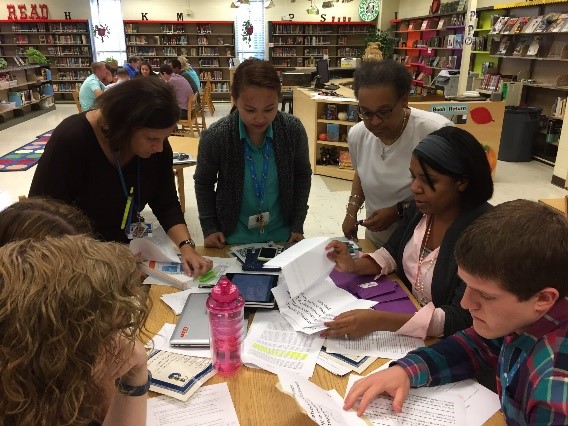
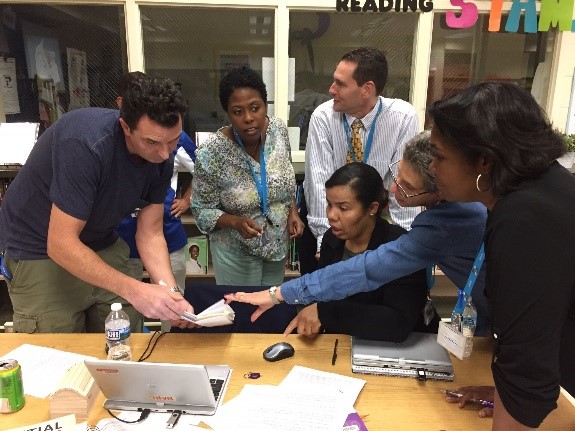
 RSS Feed
RSS Feed
